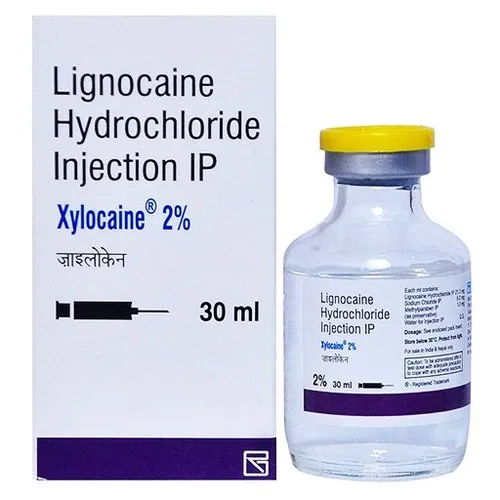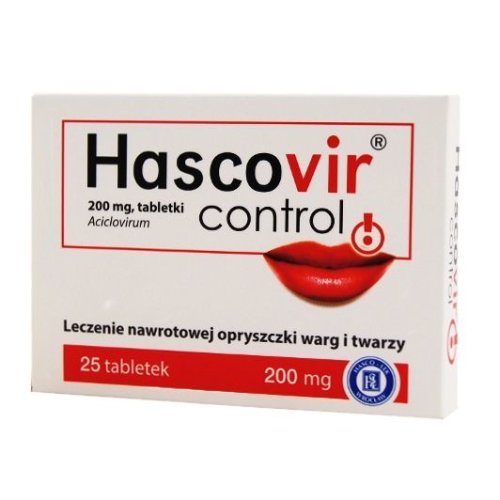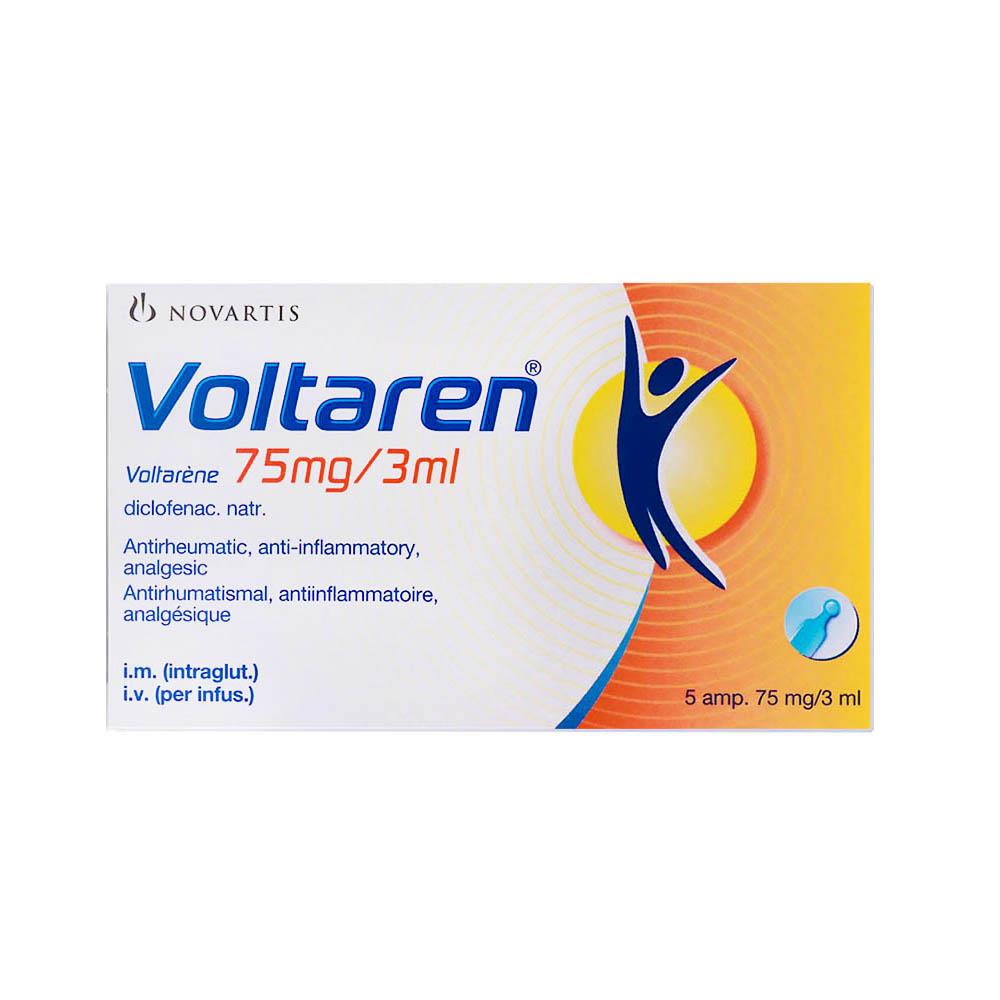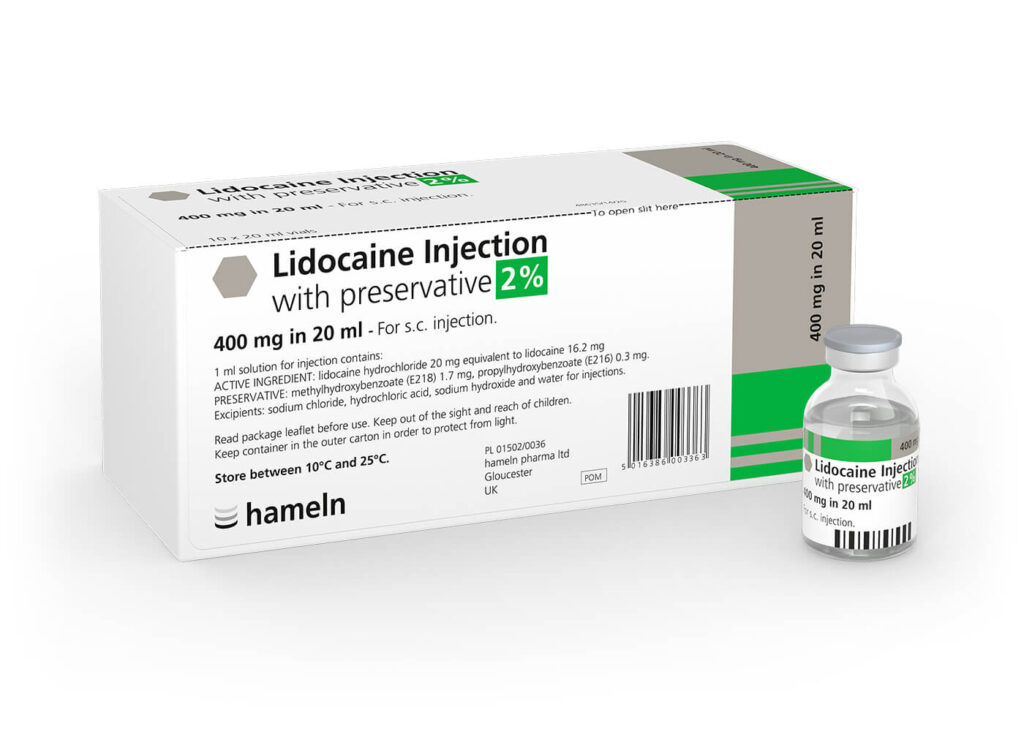Description
Tramadol: A Controlled Substance for Pain Relief
Overview: Tramadol is a controlled substance classified as an opioid agonist. It is primarily used for the management of moderate to severe pain. This medication is available in tablet or capsule form.
How Tramadol Works:
- Mechanism of Action: Tramadol works by binding to opioid receptors in the brain and altering the perception of pain. It mimics the action of naturally occurring pain-relieving chemicals in the brain, effectively reducing the sensation of pain.
- Dual Action: In addition to its action on opioid receptors, Tramadol also inhibits the reuptake of norepinephrine and serotonin, which contributes to its pain-relieving effects.
Forms and Administration:
- Tablet and Capsule Form: Tramadol is available in immediate-release and extended-release formulations. The immediate-release form is used for short-term pain relief, while the extended-release form is used for ongoing pain management in chronic conditions.
- Dosage: The dosage and frequency of Tramadol should be determined by a healthcare provider, based on the individual’s specific condition and response to treatment.
Uses:
- Acute Pain: Suitable for treating acute pain such as postoperative pain or injury-related pain.
- Chronic Pain: Effective for managing chronic pain conditions, including osteoarthritis and back pain.
Important Information:
- Controlled Substance: Tramadol is classified as a Schedule IV controlled substance due to its potential for abuse and dependence.
- Side Effects: Common side effects include dizziness, nausea, constipation, and headache. Serious side effects may include seizures, serotonin syndrome, and respiratory depression.
- Interactions: Tramadol can interact with other medications, including antidepressants, other opioids, and alcohol. It is important to inform your healthcare provider about all medications and supplements you are taking.
- Precautions: Patients with a history of substance abuse, respiratory conditions, or mental health disorders should use Tramadol with caution. It is not recommended for use in individuals with severe respiratory depression or acute intoxication with alcohol or other central nervous system depressants.
Usage Guidelines:
- Follow Prescription: Take Tramadol exactly as prescribed by your healthcare provider. Do not adjust the dose without consulting your doctor.
- Avoid Alcohol: Do not consume alcohol while taking Tramadol, as it can increase the risk of serious side effects.
- Monitor for Adverse Effects: Be aware of potential side effects and contact your healthcare provider if you experience any severe or concerning symptoms.
- Gradual Discontinuation: If you need to stop taking Tramadol, your healthcare provider will guide you on how to gradually reduce the dose to avoid withdrawal symptoms.
Consult Your Healthcare Provider:
- Regular Check-ups: Schedule regular follow-up appointments to monitor your response to Tramadol and adjust the dosage if necessary.
- Discuss Concerns: If you have any questions or concerns about using Tramadol, do not hesitate to discuss them with your healthcare provider.
Tramadol is an effective pain management option when used responsibly under the guidance of a healthcare provider. By adhering to your prescribed treatment plan and taking necessary precautions, you can safely manage your pain and improve your quality of life.








